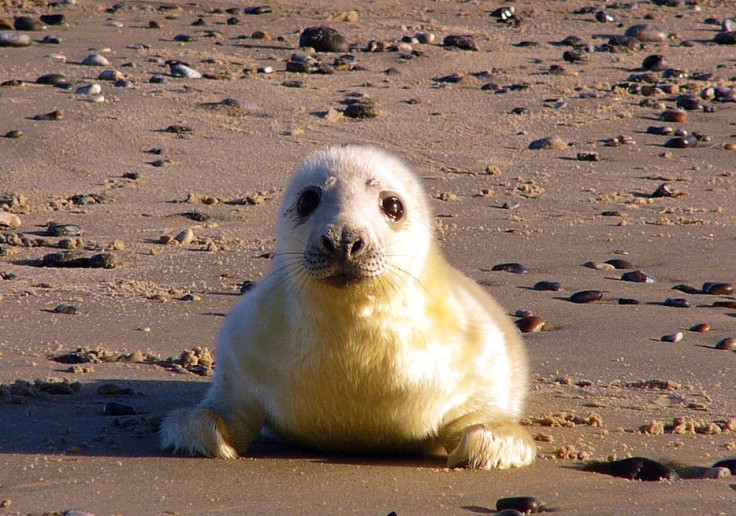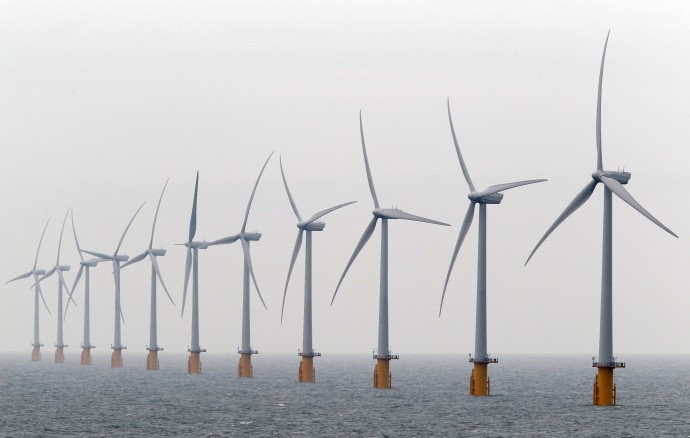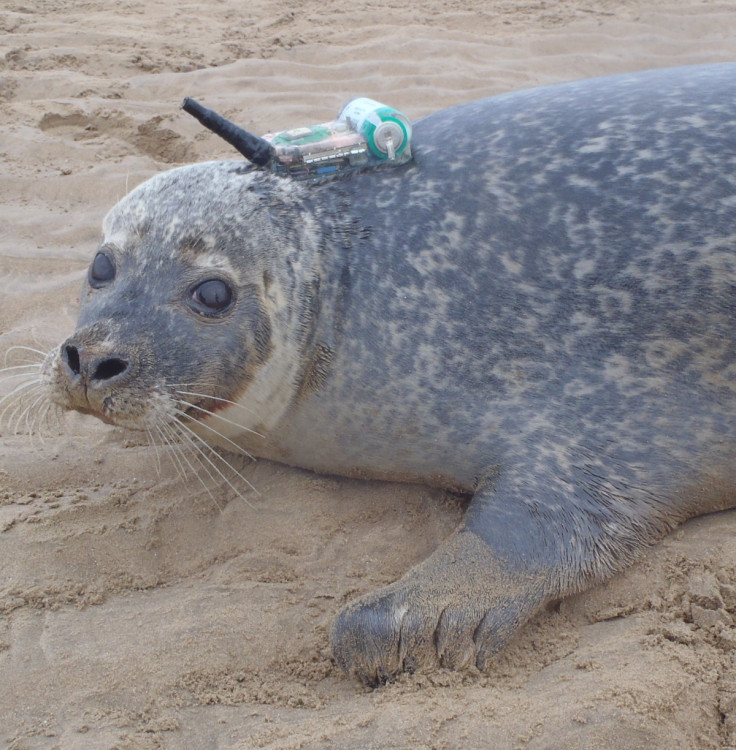North Sea Seals Use Offshore Wind Turbines as Feeding Stations

Seals in the North Sea have taken to using offshore wind turbines as feeding stations, scientists have discovered.
The turbines are sought out deliberately by seals, which forage around the structures looking for potential prey.
Research by the University of St Andrews and published in the journal Current Biology gathered data from GPS devices attached to Harbour and Grey seals that live in the North Sea.
Led by Deborah Russell, the scientists tracked seal movements around the British and Dutch coasts. They paid particular attention to their movements around wind farms and underwater pipelines.
Russell said: "I was shocked when I first saw the stunning grid pattern of a seal track around Sheringham Shoal," - an offshore wind farm in Norfolk.

She said the data showed seals travelling in straight lines in between the turbines, "as if he was checking them out for potential prey and then stopping to forage at certain ones".
"Although marine mammals have previously been observed in the vicinity of offshore man-made structures such as wind farms, as far as we know this is the first time it has been demonstrated that some individuals have an affinity with the structures themselves," Russell said.
"From the data we can infer that these individuals are foraging at the structures, likely as a result of a reef effect. The behaviour observed could have implications for both offshore wind farm developments and the decommissioning of oil and gas infrastructure."

It was recently announced that energy secretary Ed Davey had approved plans for a giant wind farm off the Sussex coast. The £2bn project will power over 450,000 homes with green energy, however opponents have said its construction will spoil the views of Sussex landmarks.
Russell said that although their findings were notable, the development of manmade structures can have negative impacts on marine wildlife.
"The study showed that operational wind farms can provide foraging opportunities for some individuals. However, the study only considered the effect on marine mammals during the operational stage of wind farms.
"It is during the construction phase that wind farms are predicted to have the most dramatic negative effect on marine mammals ... [However, future structures] could be designed to maximise any potential ecological benefits to marine wildlife."
© Copyright IBTimes 2025. All rights reserved.






















